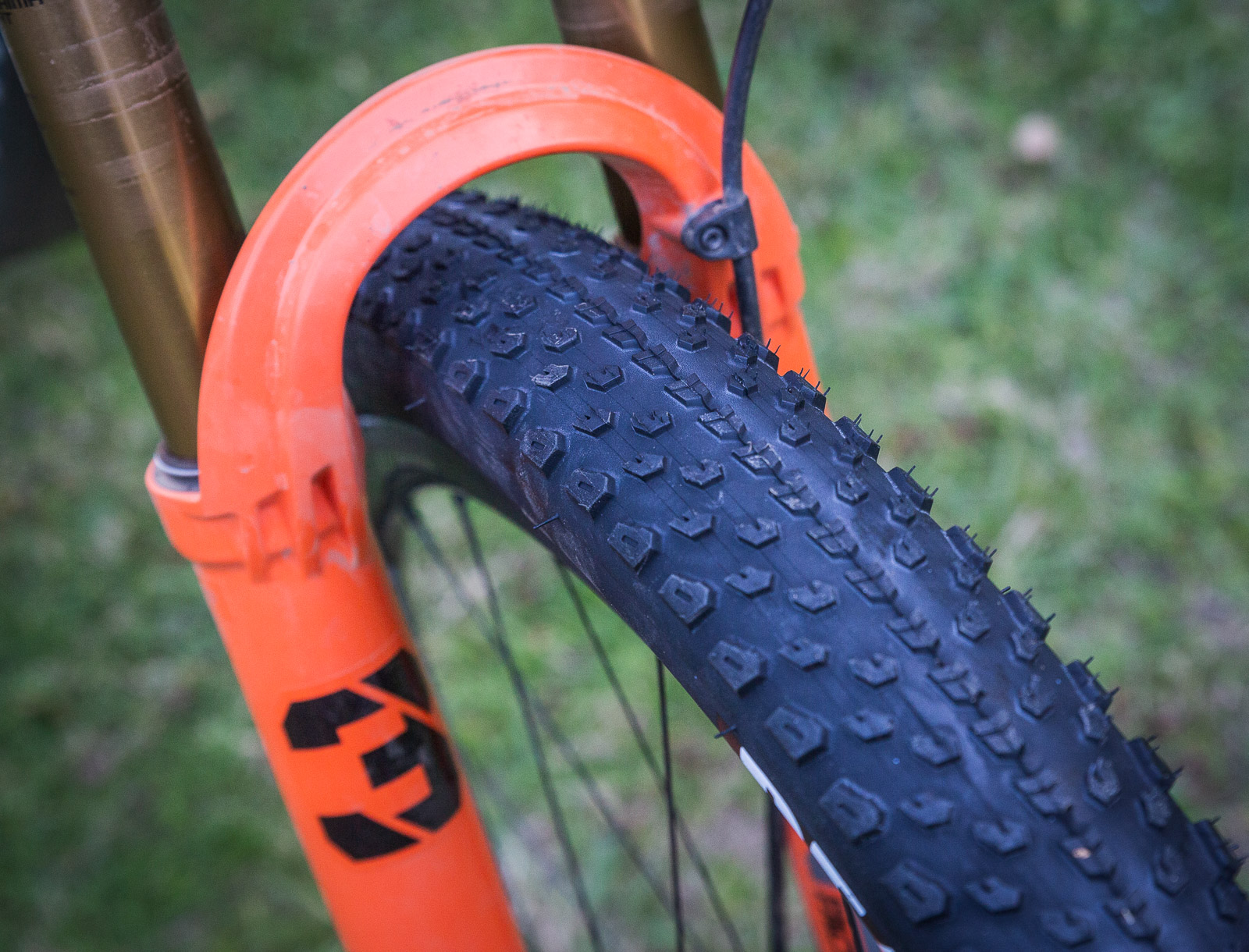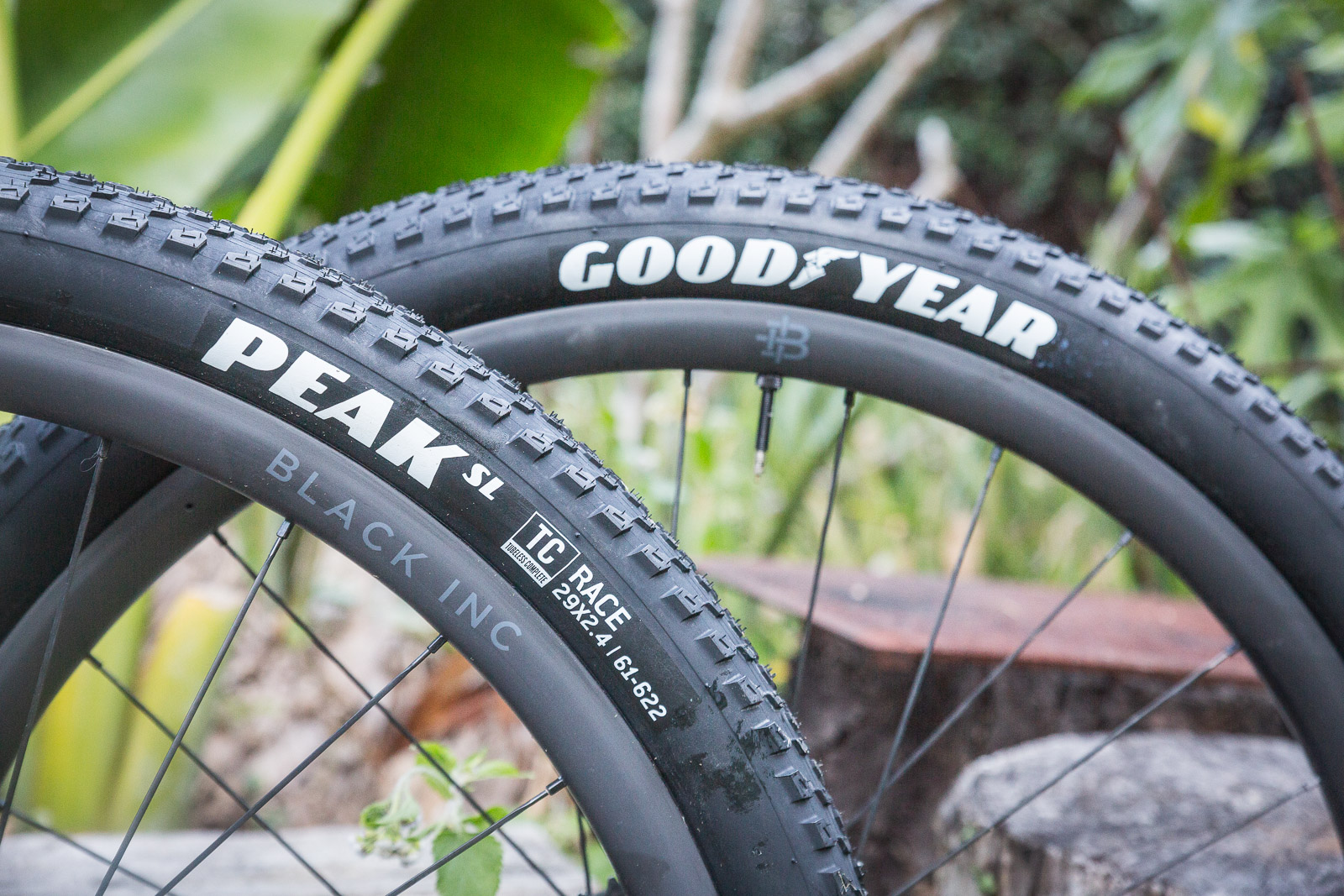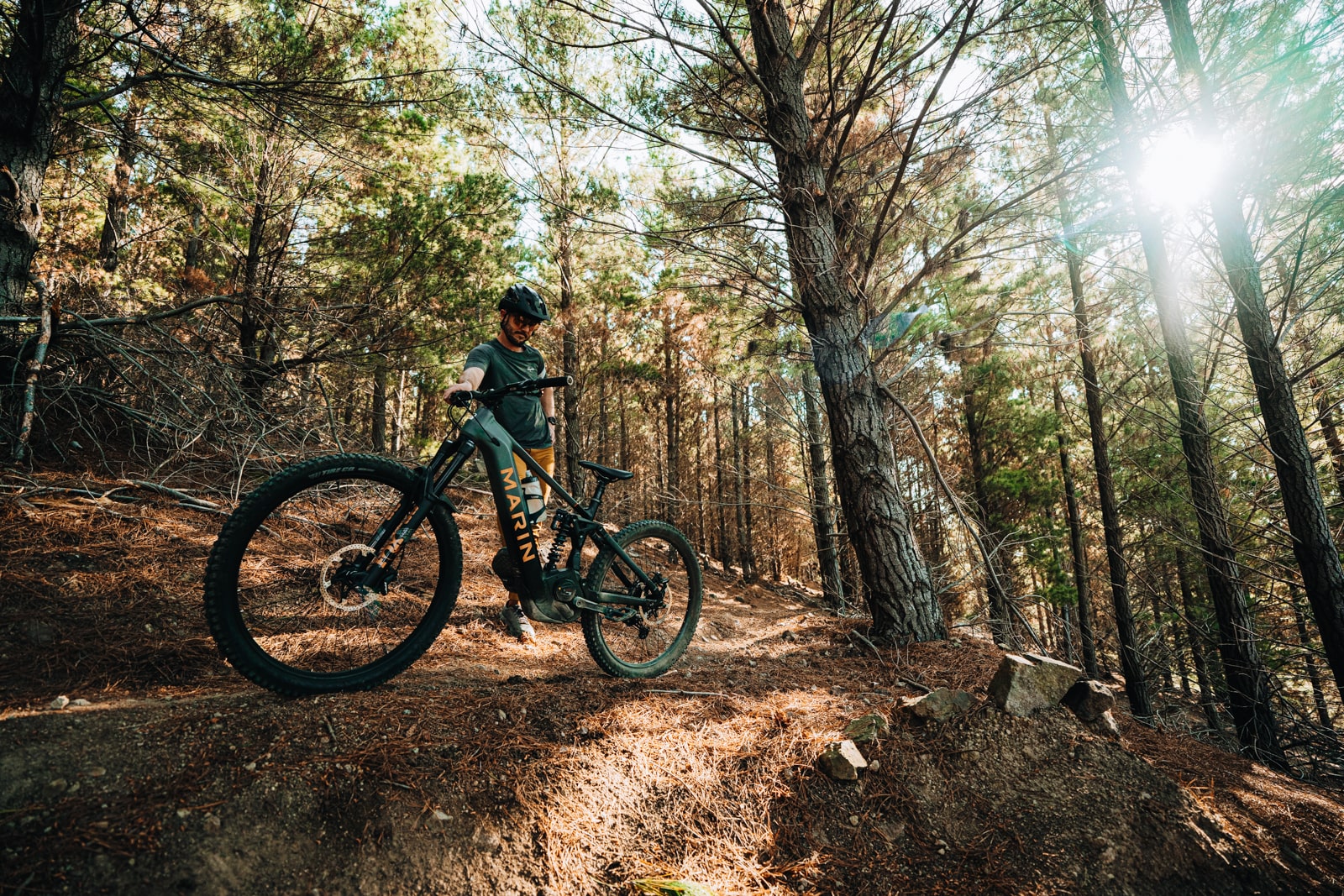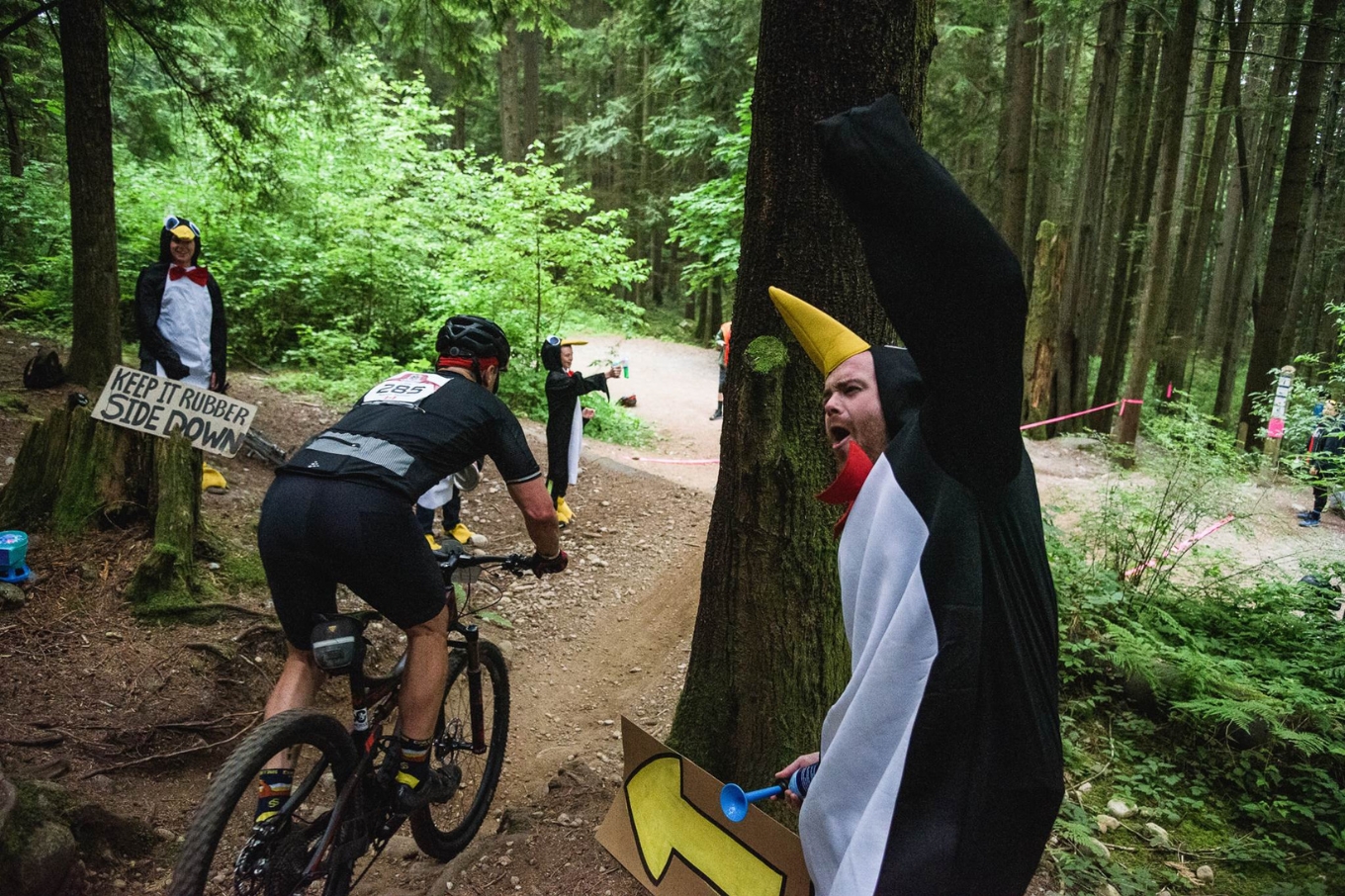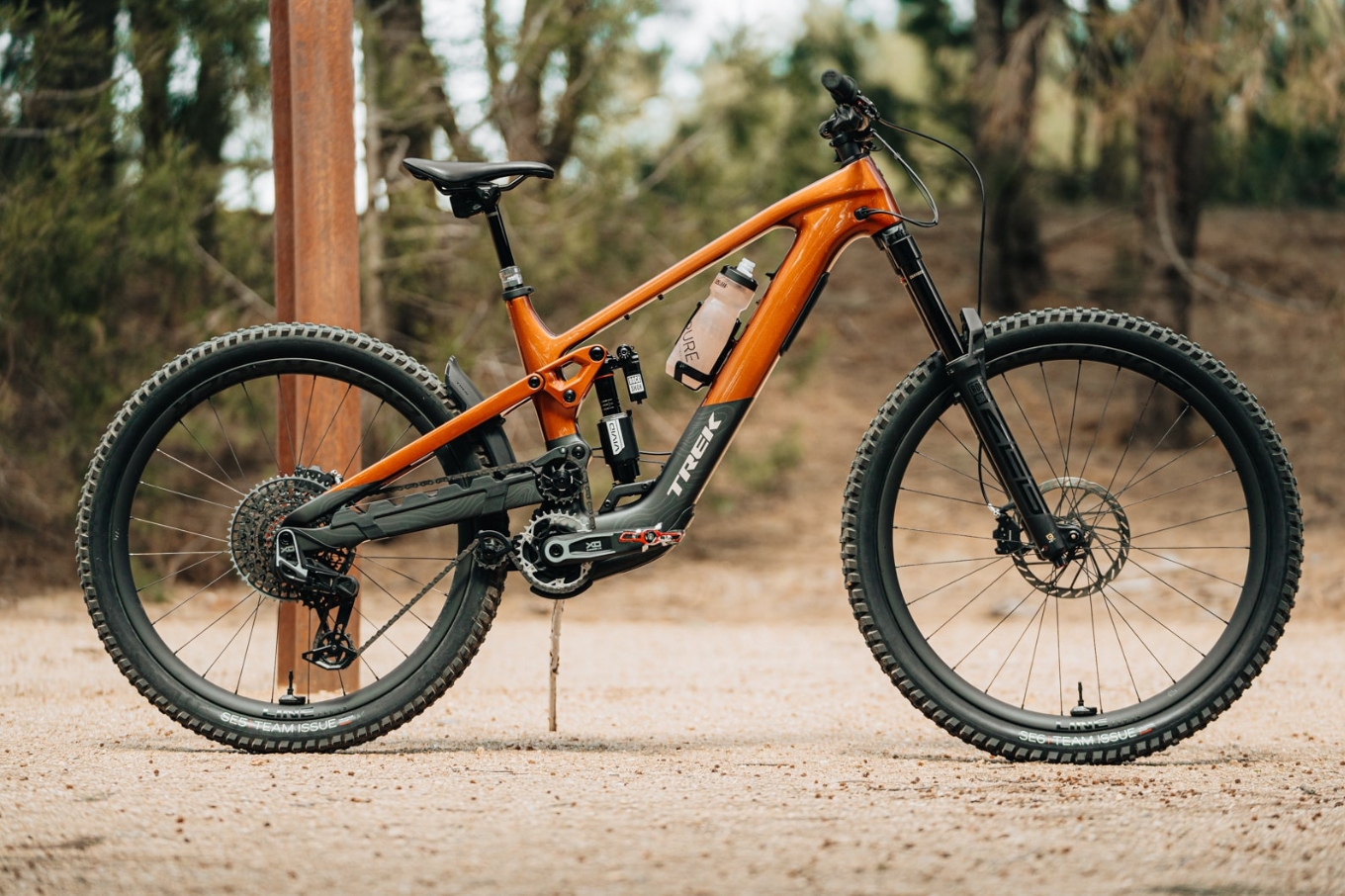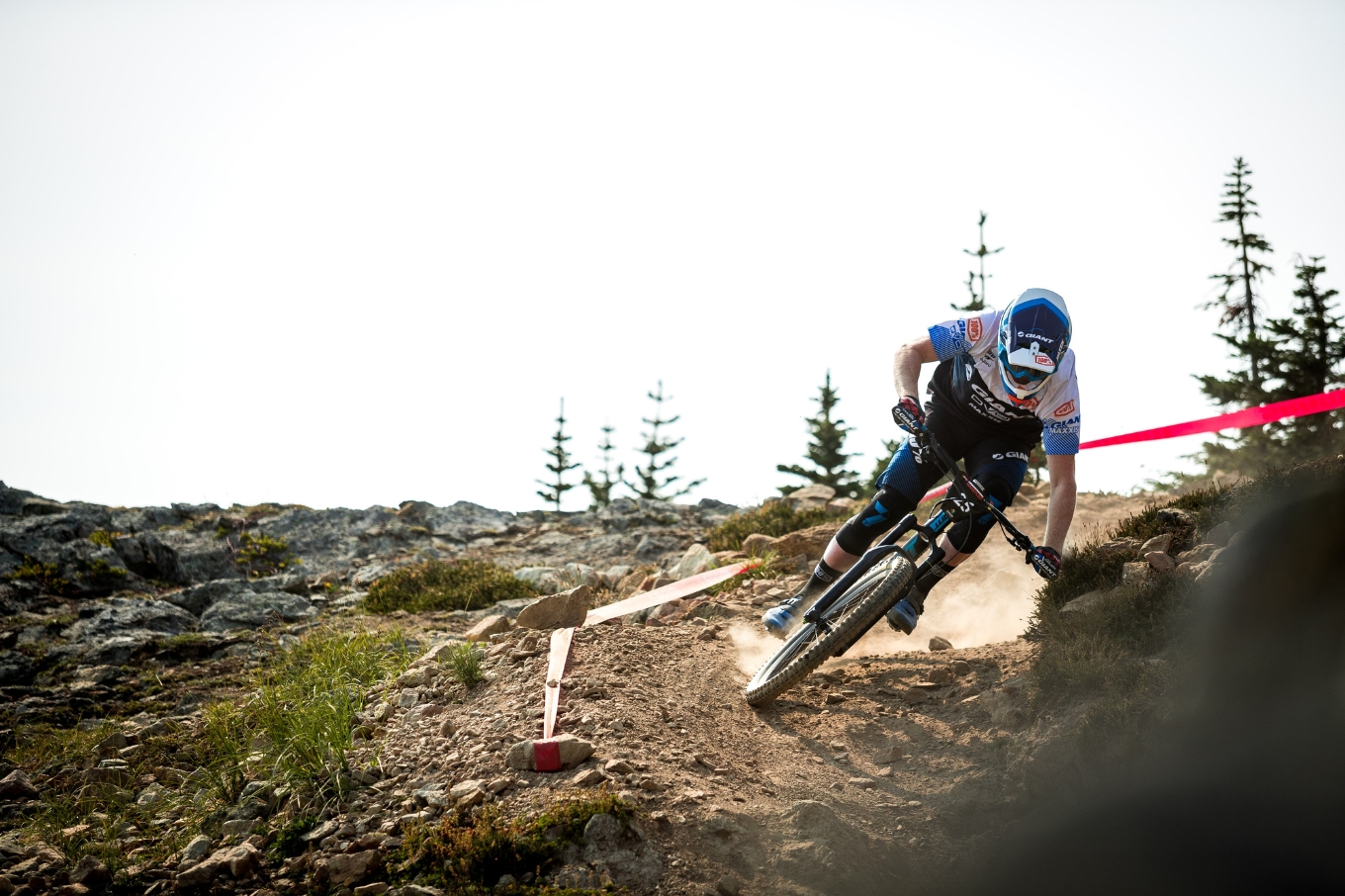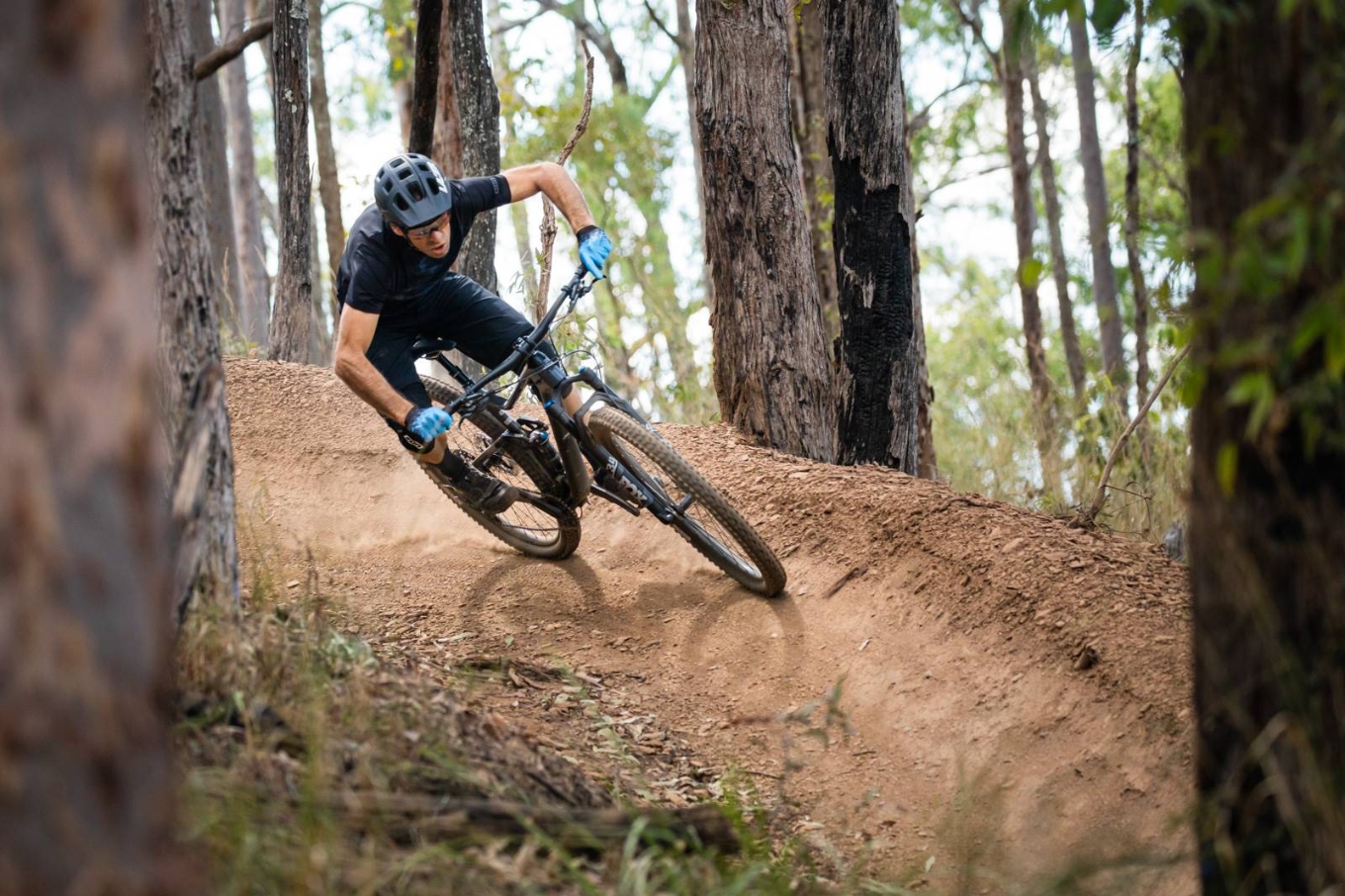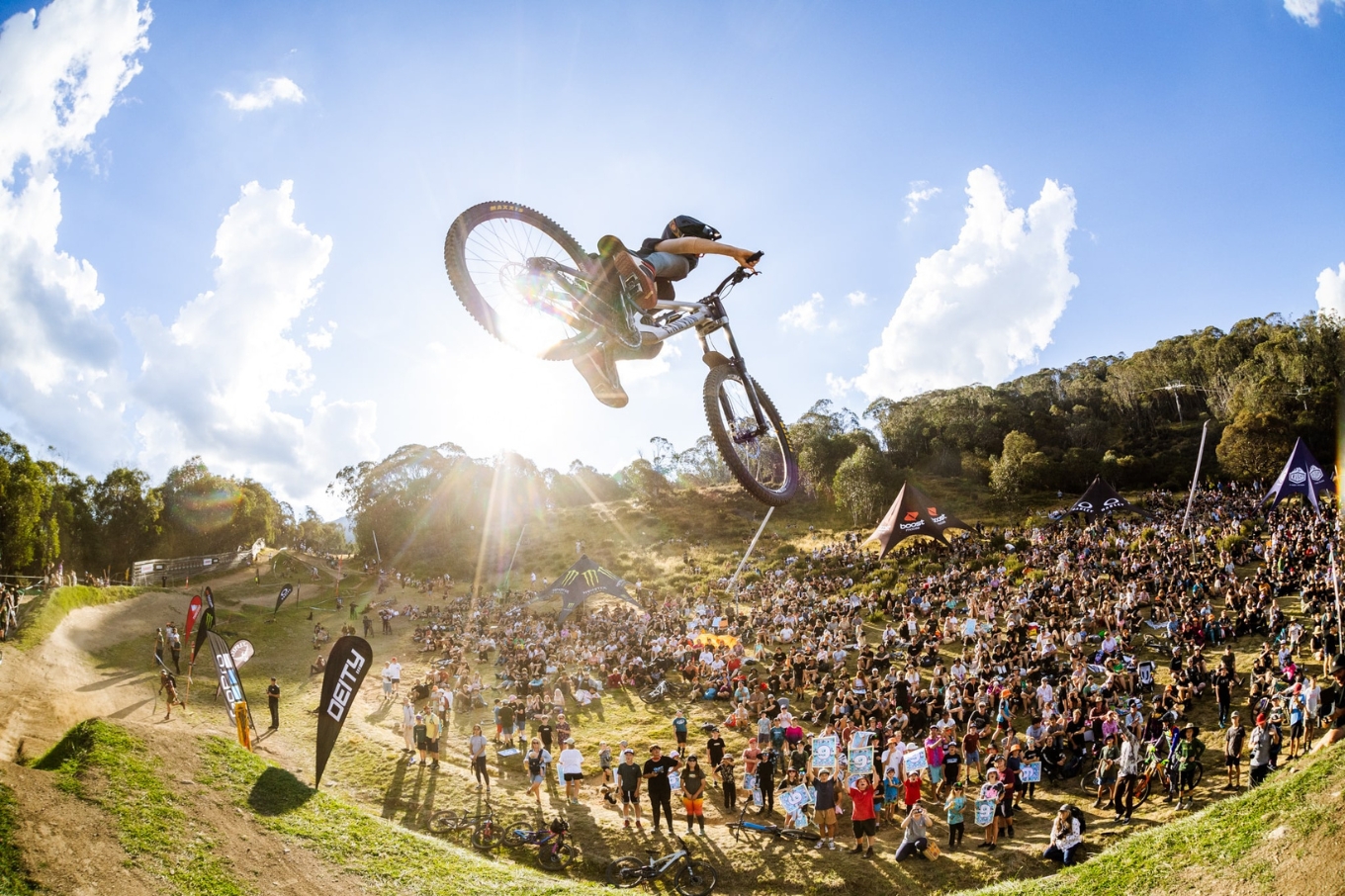First Rides on the Good Year Peak SL Race XC tyre
Good Year just upped the ante in the cross-country stakes, with their lighter and faster Peak SL. We've put some first rides on the 2.4" model.
Last week Good Year revealed a new tyre in their cross-country range – the Peak SL. This is unapologetically an all out cross-country and marathon racing tyre. That means the tread is pared back to roll fast, it's light, and it is only available for 29" wheels for use on both front and rear wheels.
One name, two tyres
Good Year have two variants, the Peak SL and the Peak SL Race (which we have on test). Both tyres will be available in 2.25" and 2.4", as both sizes are still popular choices especially for racing. While many riders will automatically opt for the wider size, the reality is 2.25" will still be the faster choice on some courses that are smoother, wetter, or with more climbing.
The Peak SL Race uses a 120tpi casing to be more supple, and what Good Year call Tubeless Complete. It's a very airtight casing that sets up as easily as a Tubeless Ready casing. They also add Mono fabric, an extra layer for sidewall protection. Good Year's Dynamic All-Terrain compound is said to offer the best mix of grip and rolling efficiency – which sounds like what every brand says.
Claimed weightts start at 680g for a 2.25" tyre, with a suggested 7% variance due to the natgure of tyre production. Our 2.4" samples hit 677g, so that's pretty light!

The Peak SL has a 60tpi compound. Lower thread counts typically mean a courser thread and more rubber in the gaps – therefopre creating a potentially stronger casing, although heavier and less supple. They are Tubeless Ready and require sealant, and weights are claimned to start at 740g for the 2.25".
Tread pattern – all about speed
The Peak SL uses a low profile tread, which is closely spaced for fast rolling speed. The centre tread line means it should be lightning quick in a straight line on hard surafces. But there are two rows of transition knobs, angled to dig into the dirt when pushing into corners, and optimised for braking traction.
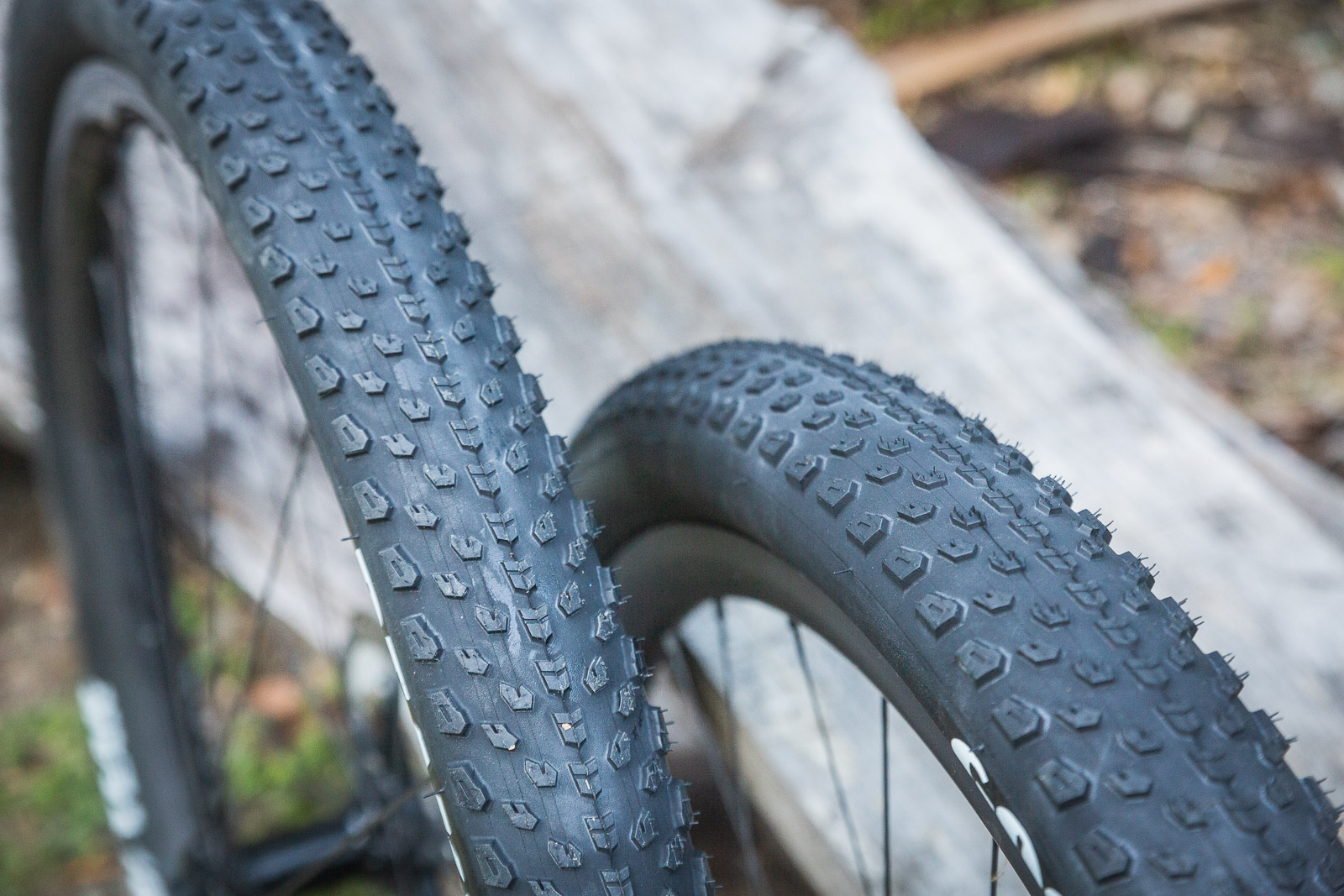
The edge knobs run right at the edge all the way along the tyre, not staggered like some. Given the two rows of transition knobs this is a good setup, and there is minor siping on all the tread blocks to assist a little more with traction.
Setup
The 2.4" tyres are said to be designed for a 30mm rim, however I mounted this pair onto a set of Black Inc wheels with a 27mm internal rim width. It's the same wheel set that was on the Factor Lando hardtail I tested in summer, that had the Good year Peak tyres in 2.25" fitted.
They inflated and popped up to seal on the first go with my little home compressor. although they don't look very wide and measure at 57mm. A 2.35" Maxxis Rekon Race on the same rim measures 60mm. I expect the light casing will expand a little over time, like most.
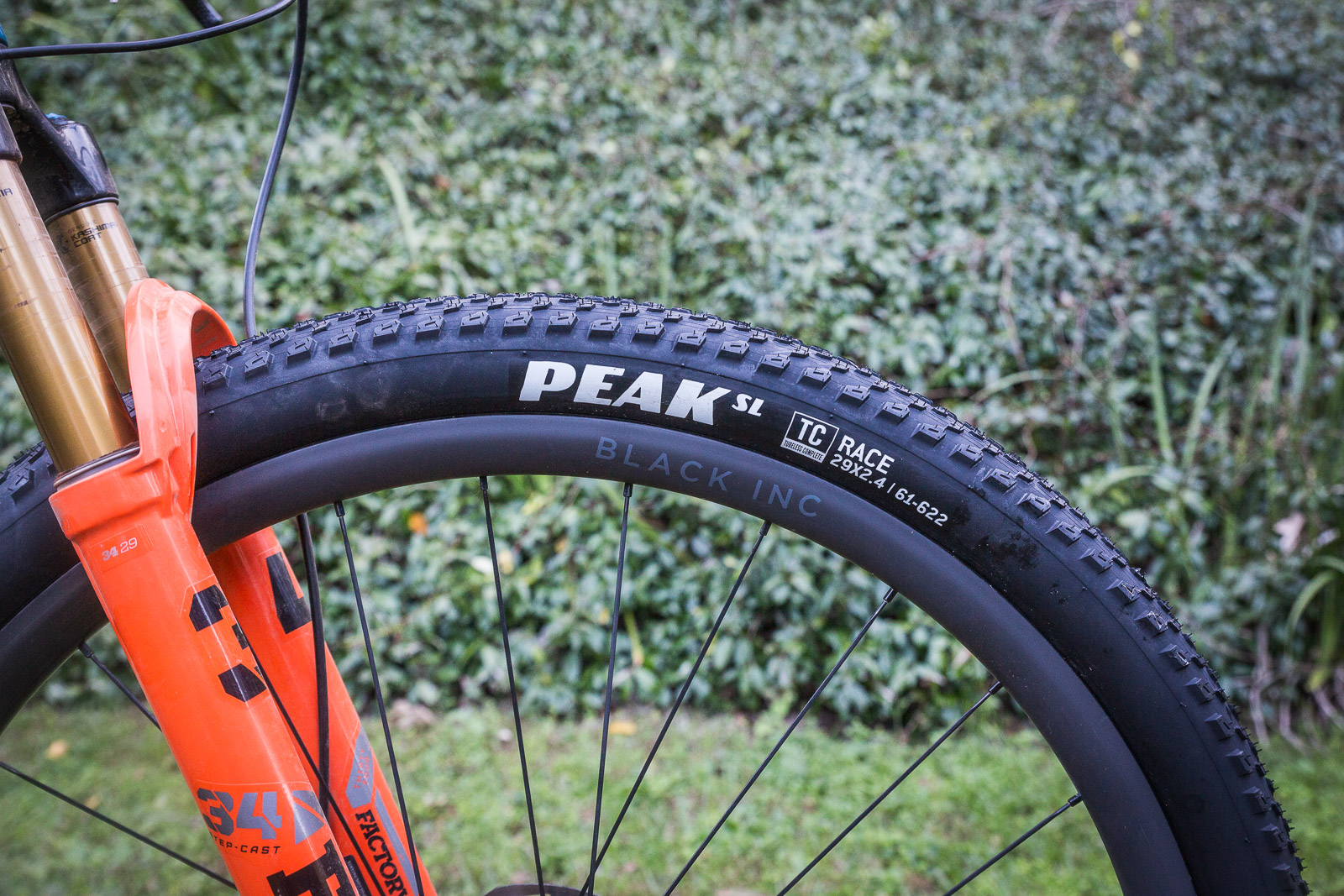
On the trail
I've just had one ride on these so far, and they're noticeably lighter than the rubber that they replaced, dropping at least 100g per wheel, even compared to other low profile tyres. They rolled along super fast when riding to the trails, and made short work climbing to the singletrack on forest roads.
Brisbane is dry and powdery at the moment, and in general there isn't much traction for most cross-country tyres, and that was immediately noticeable. Still, they hooked up enough, and as I gained confidence in them I was able to push them a bit harder on descents.
Like most cross-country tyres, they don't grip and rip so much as slide or glide. There's enough tracttion, but you're trading that for rolling speed and low weight. I was actually surprised to get home, and see I'd done some 2nd and 3rd best times on descending trails, especially when I hadn't even ridden my mountain bike for a week.
Now it's time to do plenty more riding, along with some back to back testing on my regular tyres to see how these compare on some climbs and descents. Catch the full review in a coming issue,
From: PSI Cycling
RRP: $99 (TBC)
